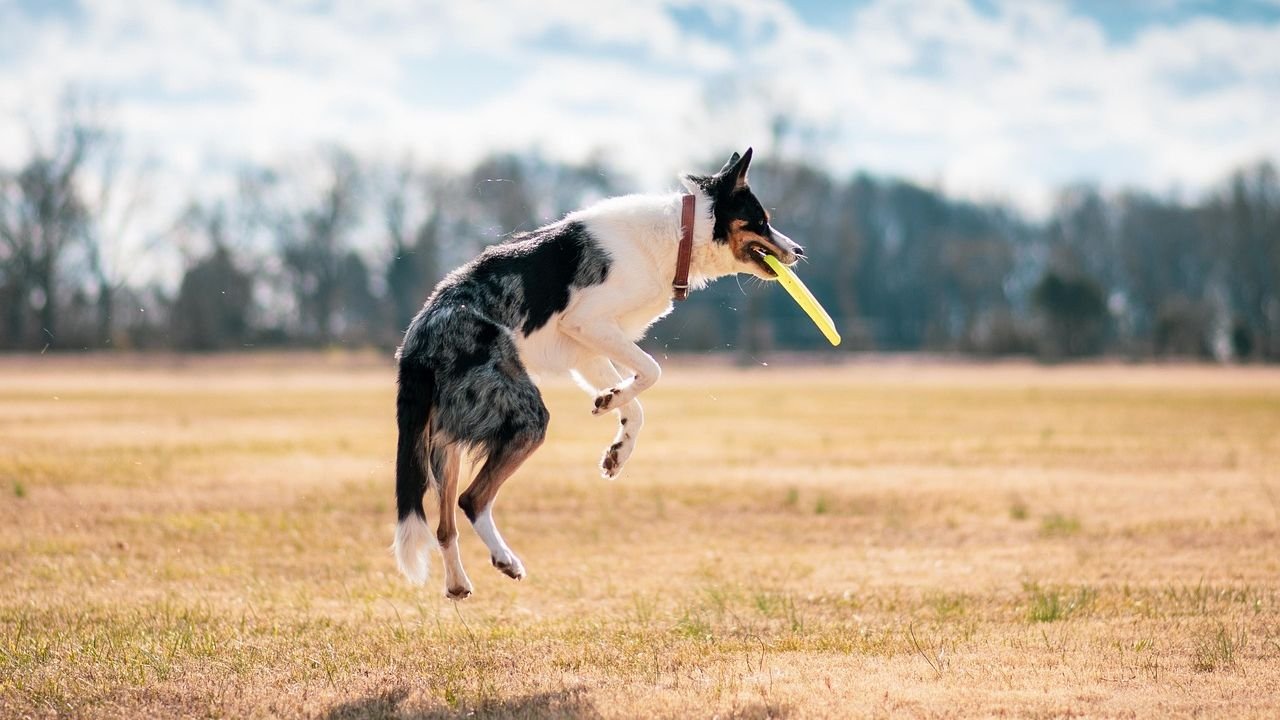Picture this: your beloved furry friend has transformed into a four-legged couch cushion. Where once there was a tail wagging with anticipation at the sight of a leash, now there’s barely a lifted head when you jingle those keys. If your dog seems more interested in Netflix binges than nature walks, you’re definitely not alone. Many dog parents find themselves wondering how their once energetic companion became so, well, stationary.
The transformation from active to inactive doesn’t happen overnight, and honestly, it’s more common than you might think. Whether it’s age, routine changes, or simply falling into comfortable habits, dogs can lose that spark of enthusiasm just like we do. Yet beneath that sleepy exterior lies a pup who’s probably craving more excitement than they’re letting on.
Understanding Your Dog’s Sedentary Behavior
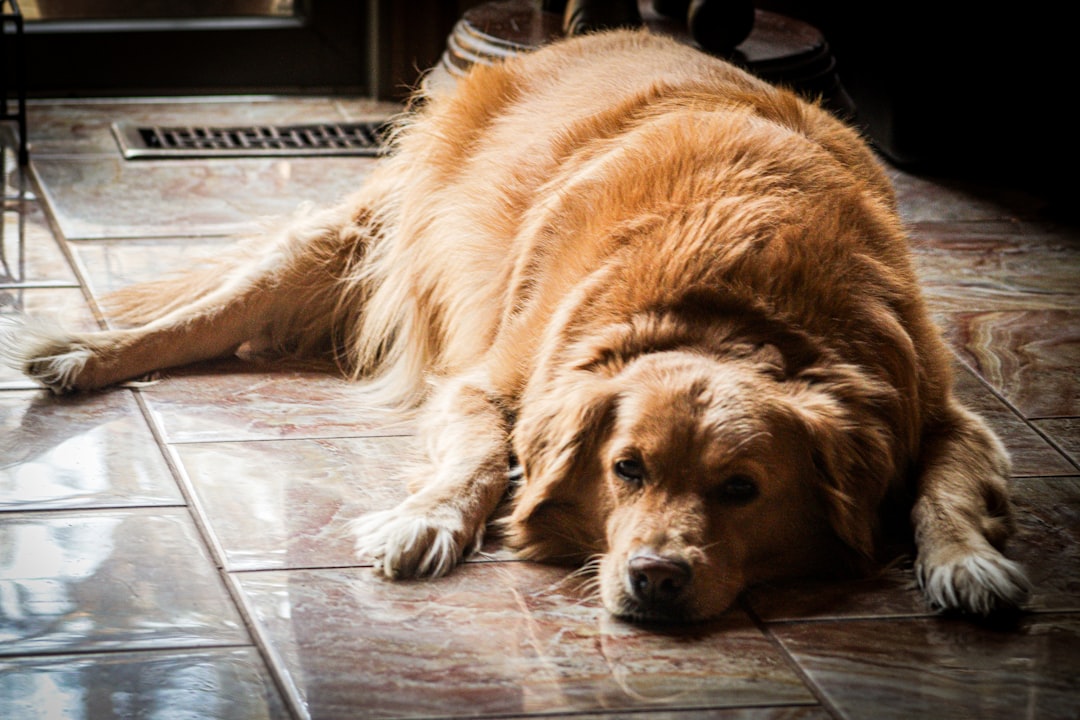
Excessive sleep, low energy, lack of excitement, and delayed responses are all overt signs of a lethargic dog. However, there’s an important distinction between a naturally calm personality and concerning inactivity. Sometimes, when a dog isn’t moving a lot, it might just mean that you have a dog that’s on the more relaxed side – temperament-wise. As previously mentioned, some dogs are also simply lower energy than others by nature.
The key is recognizing when laziness becomes a pattern rather than a preference. If your dog is slowing down, acting tired, or refusing to play like they used to, chances are they’re not simply being lazy. If lack of exercise goes on for a long time, it becomes normal to them, and their bodies adapt, and they may appear lazy. They lose that stamina, they lose that physical fitness, and they become more sedentary in general.
Look for behavioral cues that suggest your dog needs more stimulation. Behavioral problems, and especially destructive behavior, are commonly a result of not getting enough exercise. Many dogs, especially high-energy breeds, become bored and frustrated if they don’t get enough outdoor exercise and mental stimulation.
Recognizing When Rest Becomes Excessive

It’s in fact completely normal for a dog to sleep for the better part of the day. If your dog’s behavior has changed and he seems to have become lazy only recently, that’s when you need to take a closer look and talk to your vet. The difference between normal rest and concerning lethargy often lies in the sudden change of behavior patterns.
If your dog is lethargic, you may notice they’re lounging around more than usual, uninterested in play, indifferent to walks, acting sluggish, and/or potentially not as interested in food as they typically would be. Exercise intolerance can be harder to spot, especially if you don’t walk or play with your dog regularly. In milder cases, your dog may simply not want to walk as far or play as much as normal. Coughing, heavy panting, or labored breathing following physical activity might also signal exercise intolerance.
Keep an eye out for accompanying symptoms that might indicate health concerns. Just as lethargy in humans can be a sign of illness, lethargy in dogs may indicate that your canine pal is unwell and might need veterinary attention. In general, it’s best to monitor your dog’s symptoms for around 24 hours – or a day – before you head to the vet.
The Physical and Mental Benefits of Movement

According to Gordon, exercise can improve mood almost immediately. So, the summary statement on exercise is that it not only greatly improves physical health (of you and your dog), but it can improve mental health as well. The science behind canine exercise reveals remarkable parallels to human wellness benefits.
Dogs that engage in regular physical activity tend to have stronger immune systems, lower risks of chronic diseases, and improved overall health. By investing time and effort into their exercise routine, you are contributing to a longer and happier life for your furry friend. According to the American Kennel Club, regular exercise can benefit and help to improve your dog’s cardiovascular health by increasing blood flow and oxygenation to the heart and lungs.
Mental stimulation proves equally crucial for your dog’s wellbeing. Exercise is not just about physical health – it’s also crucial for mental stimulation. Dogs are intelligent creatures that thrive on mental challenges. Regular exercise provides an outlet for their energy, reducing boredom and destructive behaviors like excessive chewing or digging.
Starting Slowly with Low-Impact Activities
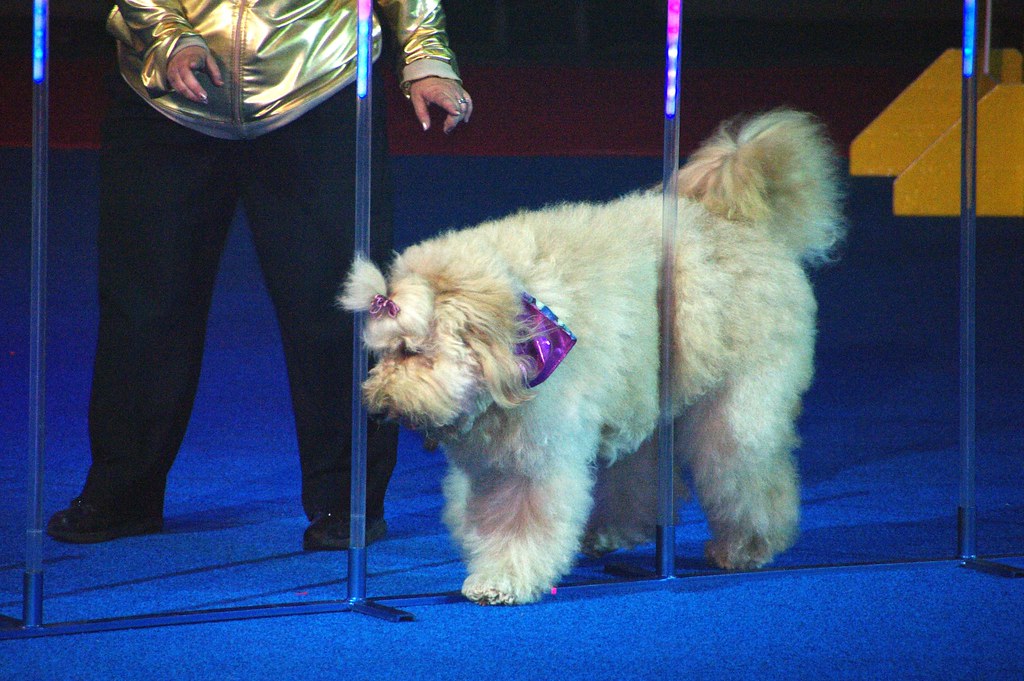
If you’ve established your dog is not getting enough physical activity, it’s important to ramp up their activity slowly and safely. A dog that has been sedentary for quite some time cannot get back to an active lifestyle in one day. Think of this process like getting back into shape after a long winter of indoor hibernation.
Your lazy dog is probably out of shape and can’t physically keep up with a long run or strenuous hike. Be sure to ease your dog into a regular exercise routine with gentle exercise like quick walks around the block, swimming, or short play sessions in the backyard so they don’t overexert themselves. Start with a short-term goal of exercising just five or 10 minutes every day. Gradually work up to 30 minutes on most days of the week.
Swimming offers an excellent low-impact option for dogs who need joint-friendly exercise. Walking at your dog’s pace, rather than your preferred speed, helps build confidence and stamina gradually.
Indoor Activities to Spark Interest
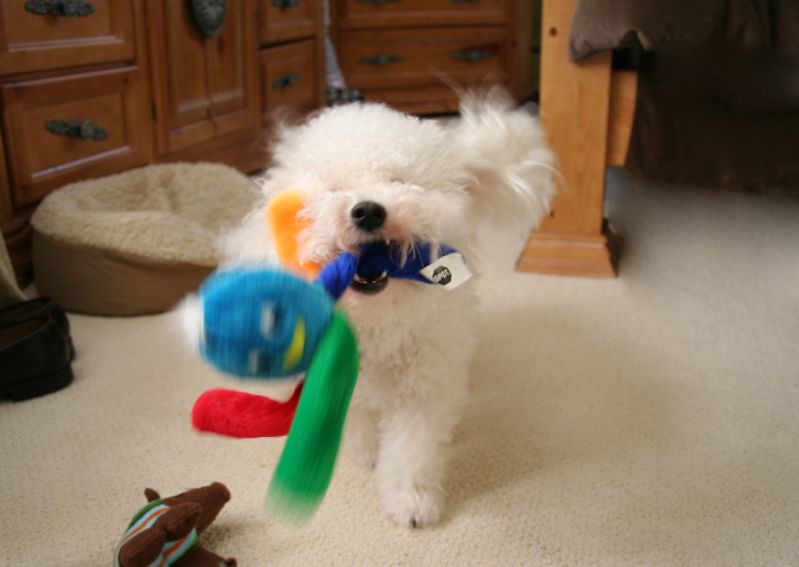
Various games like hide-and-seek, treat puzzles, scent games, tug-of-war, and obedience training can motivate dogs and keep your dog entertained. Food and toys can be used to encourage more play and give your dog a target to work toward. Indoor activities become essential during harsh weather or when outdoor options aren’t available.
Create a mini agility course right in your living room using household items. Arrange chairs to weave through, blankets over tables to create tunnels, and pillows to jump over. Guide your dog through the course with treats and lots of encouragement. Even indoors, an obstacle course offers great mental and physical stimulation. If you have stairs in your house or apartment, they offer fun and physical dog games to play! One game you can play is “racing” your dog up the stairs, as this gives you both some good exercise.
Mental enrichment activities can be just as tiring as physical exercise. The AKC notes that dogs have approximately 300 million scent receptors compared to humans’ 6 million, which means games that take advantage of their sense of smell will be particularly engaging. One idea is to hide treats under objects like boxes or containers, and give lots of praise when your pup uncovers each one.
Outdoor Adventures That Build Enthusiasm
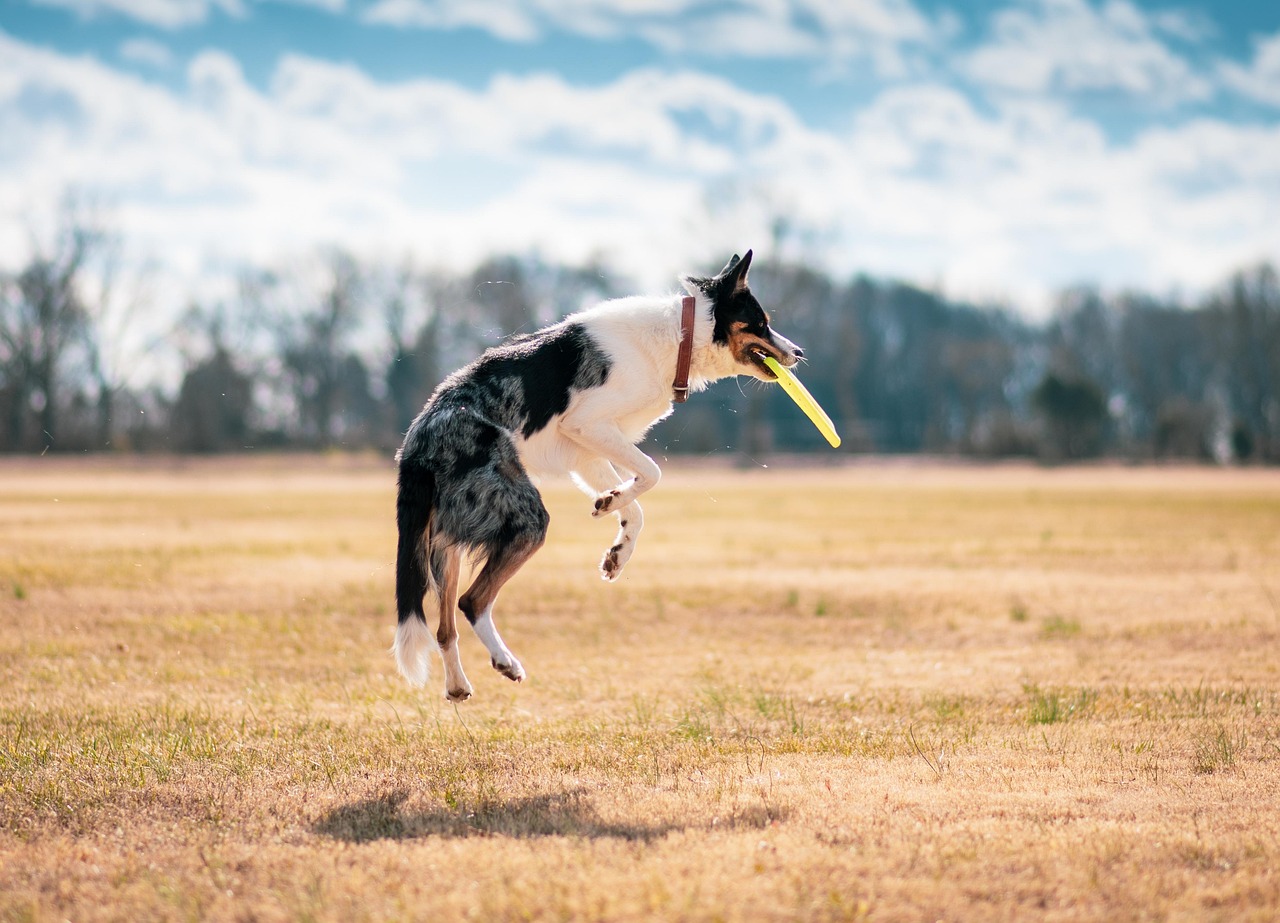
Taking a walk in a new environment is great mental stimulation according to Pet MD. Sometimes the key to reigniting your dog’s interest lies in changing the scenery rather than the activity itself. Taking the same route to the same park twice a day and letting your dog off the lead to run free in the same area becomes repetitive. Even though smells change throughout the day and there is always something new to sniff, changing the location of a walk can be invigorating.
Dog park visits offer socialization and plenty of physical exercise. Take your dog to a local dog park where they can run freely, play with other dogs, and burn off energy. The social aspect often motivates reluctant exercisers more than solitary activities.
Start with short adventures to build positive associations with outdoor time. Playing fetch provides excellent physical exercise and enhances focus. Use a tennis ball or a favorite toy to play fetch in a safe, open area. Encourage your dog to bring the item back to you for another throw. Remember that success breeds enthusiasm, so keep initial outings enjoyable rather than challenging.
Creating Sustainable Exercise Routines
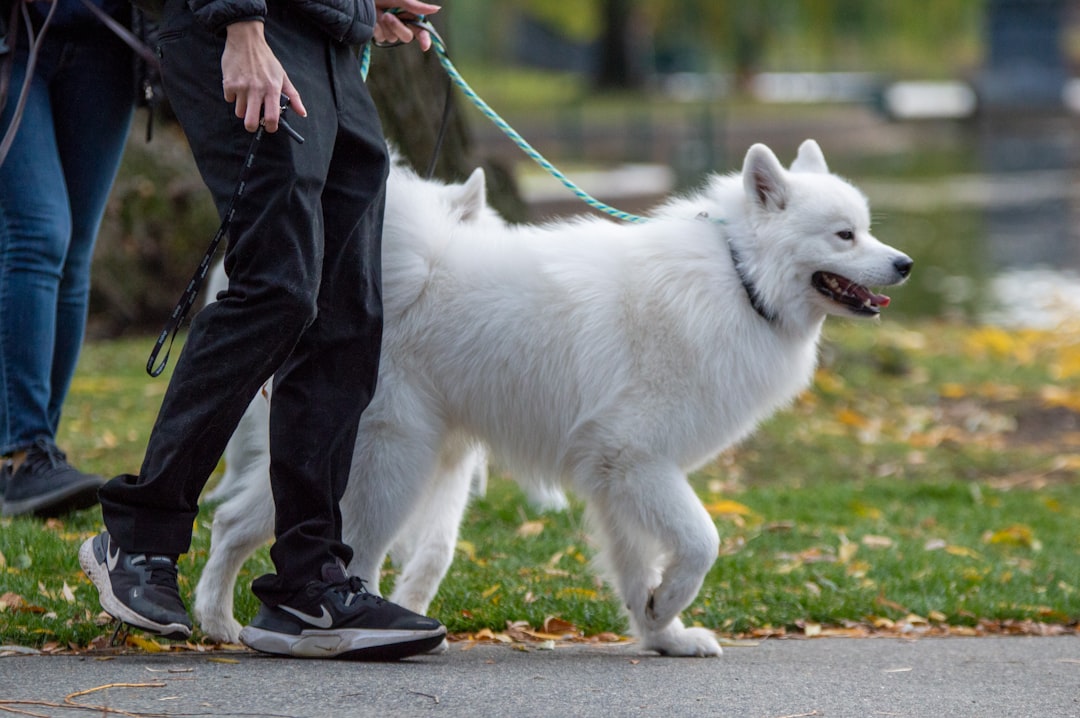
Research suggests people who exercise with their dogs are more likely to stick to a fitness program. Research suggests people who exercise with their dogs are more likely to stick to a fitness program. The key is finding activities you both enjoy. The secret to long-term success lies in building habits that work for your lifestyle and your dog’s preferences.
Research suggests that individuals who exercise with a pet are more likely to stick to their fitness routine. Regular walks may help with pet behavior problems, along with improving their heart health, just like it does for your blood pressure, bone density and mental health. This creates a beautiful partnership where both of you benefit from increased activity.
Consistency matters more than intensity when establishing new routines. Dogs need exercise to maintain happy and healthy lives, just like people do. Your dog’s exercise needs will vary depending on their age and breed. So, it’s important to tailor your pup’s exercise according to their stage of life. Build flexibility into your routine to account for weather, schedules, and energy levels while maintaining the core commitment to daily movement.
The transformation from couch potato to playful pal doesn’t require dramatic gestures or expensive equipment. Sometimes it’s as simple as trying a new walking route or hiding treats around the house. Your dog’s natural curiosity and desire to please you are powerful motivators once you tap into them. Remember that every small step forward is progress worth celebrating, and the bond you’ll strengthen through shared activities becomes its own reward.
What do you think sparked your dog’s sedentary phase? Tell us in the comments about your journey from lazy days to active adventures.

Andrew Alpin from India is the Brand Manager of Doggo digest. Andrew is an experienced content specialist and social media manager with a passion for writing. His forte includes health and wellness, Travel, Animals, and Nature. A nature nomad, Andrew is obsessed with mountains and loves high-altitude trekking. He has been on several Himalayan treks in India including the Everest Base Camp in Nepal.

